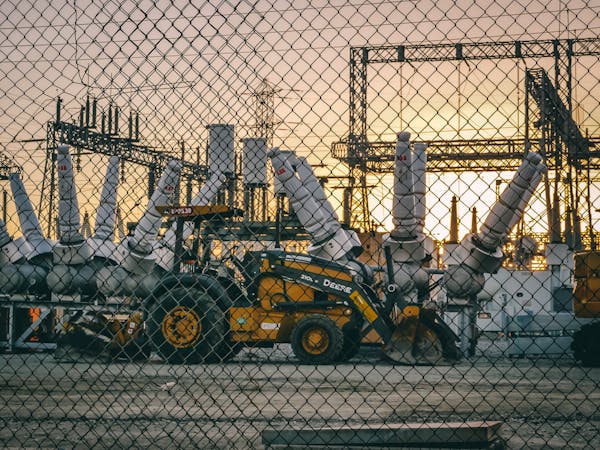
In any electric power system, the substation serves as a control point where voltage is transformed and directed along different paths to reach consumers. A robust substation design is essential for ensuring the grid operates safely and efficiently under all conditions.
Types of Substations
Transmission Substations: Connect generation to the high-voltage transmission system.
Distribution Substations: Step down voltage for delivery to homes and businesses.
Collector Substations: Aggregate power from renewable sources like wind farms.
Switching Substations: Route power flow without changing voltage levels.
Design Considerations
When designing a substation, engineers must account for:
Load Forecasting: Estimating current and future power demands.
System Redundancy: Ensuring power can be rerouted during faults or maintenance.
Environmental Compliance: Mitigating impact on local ecosystems and communities.
Standards Compliance: Following codes from IEEE, IEC, NEC, and NESC.
Emerging Technologies in Substation Design
Gas-insulated switchgear (GIS) for compact, space-saving layouts
Modular and prefabricated substations for rapid deployment
Digital twins for simulation and predictive maintenance
Battery energy storage integration for load balancing
Conclusion
As power demands grow and energy systems become more decentralized, substation design must evolve to meet these challenges. Whether in dense cities or remote renewable installations, well-executed substation design remains a critical factor in maintaining the reliability and efficiency of the grid.